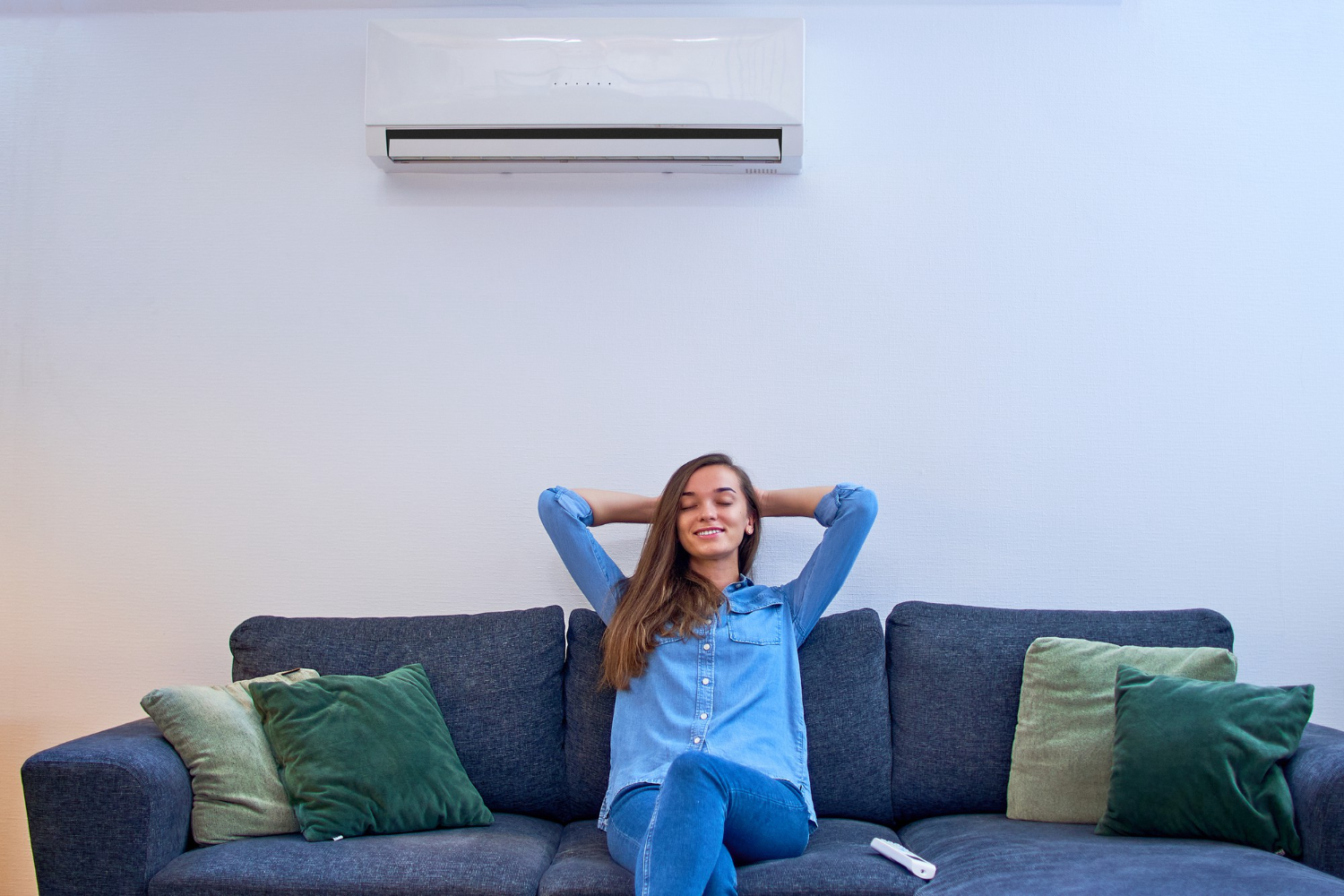Weak airflow from your AC vents may not seem like a big deal at first, but it can quickly turn into a frustrating and uncomfortable problem, especially during the high heat of Fort Smith summers. If certain rooms in your home take longer to cool or never seem to get comfortable, the issue often isn’t in the thermostat. It’s usually a sign that your system isn’t working as efficiently as it should.
Poor airflow doesn’t just impact your comfort. It can also cause your AC system to work harder than necessary, potentially leading to higher energy bills and long-term damage. Understanding what can cause the drop in air circulation is the first step in getting your home back to a steady, cool temperature.
Common Causes of Weak Airflow
There are a few common culprits behind weak AC airflow. Some are easy to overlook, while others may point to more serious problems within the system. Spotting the warning signs early on is the best way to avoid more costly repairs later.
1. Clogged or Dirty Air Filters
When filters are full of dust and debris, they restrict how much air can pass through the system. As a result, you end up with weak airflow and less cooling power. Homeowners often forget to change filters regularly, especially during busy seasons.
2. Blocked Vents and Registers
Sometimes furniture, rugs, or even built-up dirt can block air from flowing freely into the room. Make sure nothing is obstructing the front of your vents and that the louvers are fully open.
3. Blower Motor Problems
The blower motor is responsible for pushing air through the ductwork and into each room. If it starts to slow down or fail, airflow will weaken, even if the rest of your system is working correctly.
4. Ductwork Issues
Leaks, kinks, or crushed sections in your ductwork can stop air from traveling efficiently through your home. These problems are often hidden behind walls or in attics, so they might not be immediately noticeable but can lead to noticeable performance issues.
5. Refrigerant Leaks or Cooling Component Issues
If refrigerant levels are too low or internal cooling parts are malfunctioning, your system may struggle to provide enough cooled air, which in turn leads to lower airflow. Odd smells, hissing noises, or reduced cooling performance might indicate something is off inside the unit.
The good news is that these problems can typically be diagnosed and addressed before they get worse. Being familiar with what’s behind weak airflow can help you explain the situation more clearly when it’s time to bring in an expert.
Diagnosing the Problem
If you’re dealing with low airflow, there are a few noticeable warning signs you can look for before calling a professional. These clues don’t confirm the full extent of the issue, but they do provide helpful context and can speed up the repair process once our technicians arrive.
Start by taking these steps:
– Check the air filter. If it looks grey, packed with debris, or hasn’t been changed in months, swap it out with a new one.
– Make a quick sweep of all room vents. Ensure each one is open and unobstructed by furniture or curtains.
– Listen when the AC is running. A weak or inconsistent humming could signal a blower motor issue. Squealing or rattling can mean other parts are wearing out as well.
– Look at areas around the vents and walls. Any staining, loose connections, or sudden drops in pressure could point to problems in the ductwork.
– If the air blowing out of the vents feels warmer than usual, refrigerant may be leaking, or your system might not be cooling properly.
As an example, one common scenario involves a homeowner noticing cool air coming from some vents but barely anything from others. In this case, a damaged section of ductwork could be redirecting or leaking air before it even reaches the rest of the house. While it might seem like a minor inconvenience, this type of imbalance puts strain on the entire system.
Paying attention to these signs not only helps speed up repairs, but it can also prevent issues from growing into something far more expensive. Waiting too long to take action often results in higher energy bills and uneven cooling temperatures across your home.
Why Professional AC Repair Is Necessary
Trying to tough it out with weak airflow often leads to more damage over time. What might start as a very minor issue like skipping a dirty filter replacement can end up causing major problems throughout the AC system. Long-term airflow restrictions can wear out the blower motor, cause coils to freeze up, or put stress on ductwork that’s already fragile. Once one component struggles, others begin to work harder, which speeds up wear and tear.
If airflow is uneven throughout your home or takes too long to cool the space, it’s a clear signal that professional servicing is needed. What feels like a small inconvenience could signal that a larger internal failure is on the way. Our technicians are trained to look deeper than surface-level symptoms so they can get the full picture of what your system needs.
Professional repairs also help ensure the long-term health of your AC unit. Instead of piecing together one-off fixes, our technicians look for root causes and check related systems that might also be affected. That level of care helps extend the life of the AC and keeps the system working efficiently even during Fort Smith’s hottest months.
When handled by experienced professionals, AC repairs go beyond restoring airflow. Every repair is a chance to improve system performance, reduce future repair needs, and protect your investment in home comfort.
Preventive Measures to Maintain Strong Airflow
While some airflow issues will eventually need professional attention, there are a few practical things you can do around the house to reduce the chances of a breakdown. A few minutes of attention every month can go a long way.
Here’s what you can do to help your AC stay in strong working order:
– Change air filters regularly, especially in the summer when the system runs more often.
– Keep vents open and clear of large furniture, drapes, or decor that blocks the flow.
– Dust or vacuum around vents and intake grilles to avoid buildup.
– Listen for new or unusual noises, which can be an early sign of trouble.
– Note any rooms that feel different in temperature or airflow. That pattern may point to spot issues inside the ductwork.
Even with a clean home and regular habits, system parts naturally age and lose performance over time. That’s why scheduling a professional AC checkup every year, especially before peak summer temperatures hit Fort Smith, can help detect small issues before they grow larger. Our technicians can assess system performance, test airflow, inspect duct conditions, and confirm refrigerant levels are where they should be. Skipping maintenance leaves small problems buried until they become noisier, pricier ones.
Get Back to Cool, Steady Comfort in Fort Smith
Weak airflow shouldn’t be ignored, especially during the peak of summer. What starts as a slightly warmer room or a slower cooling cycle can turn into system inefficiency or even failure if left too long. The good news is that most causes are fixable when addressed early, and many Fort Smith homeowners face this issue every year.
Acting quickly when airflow starts to dip gives you the best chance at controlling the repair cost, protecting your equipment, and keeping your home cool when you need it most. Whether it’s an old filter that needs changing or a deeper issue inside the ductwork, the sooner it’s diagnosed, the better the outcome. Addressing airflow problems now helps avoid surprise breakdowns when the temperatures are at their highest.
If weak airflow is causing uneven cooling in your Fort Smith home, addressing the issue early can help you avoid costly damage and discomfort. Learn more about how professional AC repair in Fort Smithcan restore system performance and improve indoor comfort. For a quick estimate or to book a service visit, please contact ustoday.



